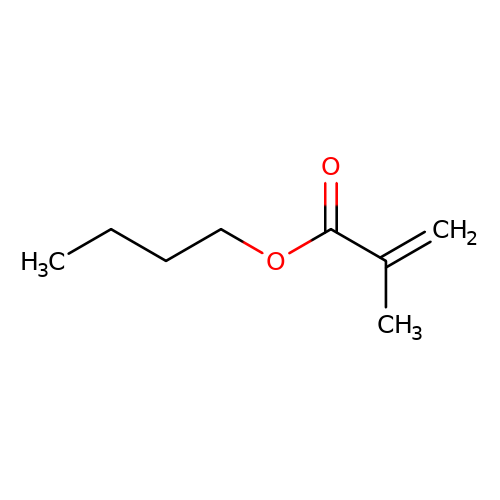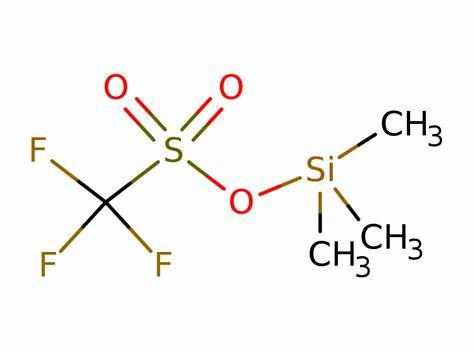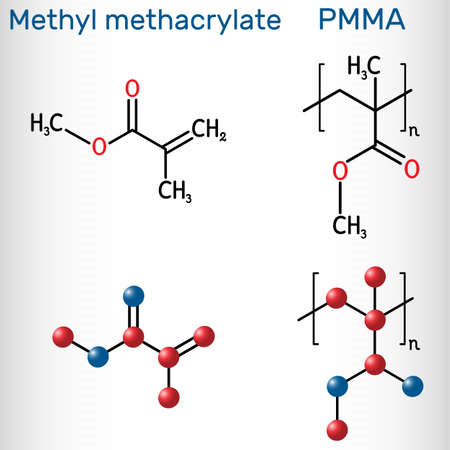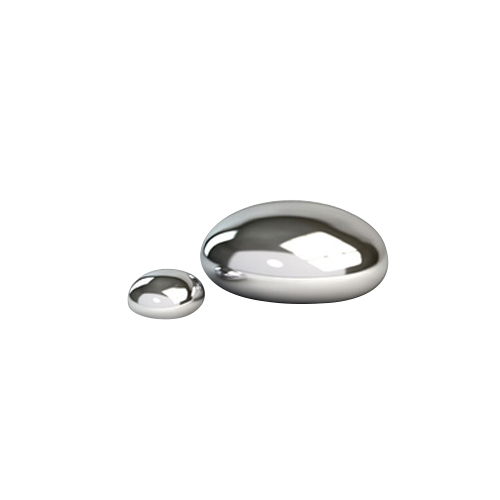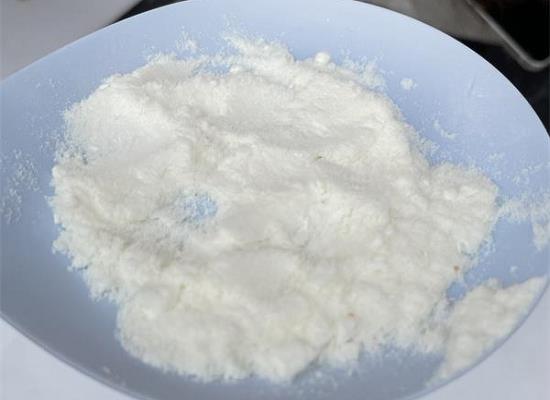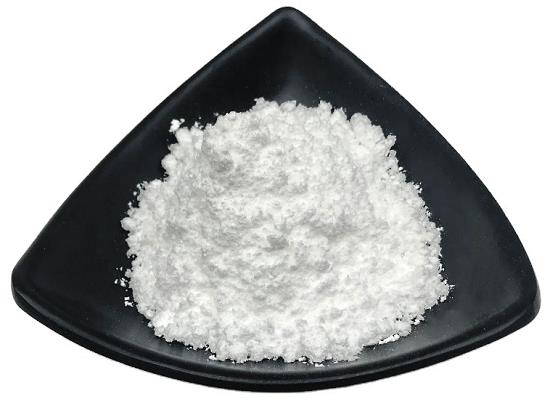Active Pharmaceutical Ingredients (API), popularly speaking, are the raw materials of medicines, only pharmaceutical raw materials are processed into pharmaceutical preparations , can they become medicines available for clinical use, so drugs we usually eat are the finished drugs through processing. Active Pharmaceutical Ingredients based on its sources can be divided into two major categories ,including chemical synthetic drugs and natural chemical drugs. Chemical synthetic drugs can be divided into organic synthetic drugs and inorganic synthetic drugs. Inorganic synthetic drugs are inorganic compounds ( very few is element), such as aluminum hydroxide, magnesium trisilicate which are used for the treatment of gastric and duodenal ulcers ; organic synthetic drugs are mainly composed of drugs made by basic organic chemical raw materials, through a series of organic chemical reactions (such as aspirin, chloramphenicol, caffeine, etc.). Natural chemical drugs ,based on its sources,can be divided into two categories including biochemical drugs and plant chemical drugs. Antibiotics are generally made by the microbial fermentation, which belongs to the biochemistry category. A variety of semi-synthetic antibiotics occurs in recent years,which are biosynthesis and chemical synthesis combining products.Among active Pharmaceutical Ingredients, the organic synthetic drugs varieties, yields and values have the largest proportion,which are the main pillars of the chemical and pharmaceutical industries. The quality of active Pharmaceutical Ingredients decides whether the formulation is good or bad , so its quality standards are very strict ,countries in the world have developed national pharmacopoeia standards and strict quality control methods for its widely used active Pharmaceutical ingredients.
What is the difference between butyl methacrylate and poly(butyl methacrylate)?
Butyl methacrylate (BMA), also known as N-Butyl methacrylate (n-BMA), is a versatile polymer monomer. The glass transition temperature (Tg) of n-BMA is 20°C.
May 13,2024 API1,3-Butadiene: Overview, Applications in Synthetic Rubber and Biosynthesis
Recent advancements allow biosynthesis of 1,3-butadiene from glucose in microorganisms, pivotal for synthetic rubber production, enhancing sustainability.
May 13,2024 APIUnveiling the Chemistry of 2-Methylbutane: A Comprehensive Insight into Synthesis, Composition, Applications, and Storage
2-Methylbutane, stands as a cornerstone in the realm of organic chemistry, capturing the interest and curiosity of professionals worldwide.
May 13,2024 APIWhat is the reaction mechanism of Trimethylsilyl trifluoromethanesulfonate?
Studies on the mechanism of isomerisation of permethylated methyl d-glycopyranosides catalysed by Trimethylsilyl trifluoromethanesulfonate have shown that both cyclic and acyclic carbonyl ions appear
May 11,2024 APIMethyl methacrylate vs Poly(methyl methacrylate): Monomer and polymer
Methyl methacrylate (MMA) is a monomer unsaturated ester. It has a variety of uses in polymer manufacturing.
May 11,2024 APIMercury metal: Sources and Applications
Mercury is a naturally occurring metallic chemical element.
May 11,2024 APIThymine: Biological Functions and Use in Bacterial Physiology
Thymine's critical role in DNA stability and protein synthesis influences genetic studies and bacterial physiology, including thymine-less death and potential implications for cancer research.
May 11,2024 API4-Pyridinecarboxaldehyde: Versatility in Medicinal Chemistry and its Preparation Method
4-Pyridinecarboxaldehyde is a versatile building block in medicinal chemistry, offering high-yield synthesis and therapeutic potential in treating IPF and malaria.
May 11,2024 API2-Iodobenzoic Acid: Applications in Medicinal Chemistry and its Preparation Method
2-Iodobenzoic acid enables synthesis of crucial compounds for medical advancement, enhancing diagnostic techniques and potential treatments in medicinal chemistry.
May 11,2024 APIDicyclohexylamine: Overview, Antibacterial Activity and Detection Method
Dicyclohexylamine inhibits bacterial growth via spermidine synthase, showing sensitivity in Streptococcus uberis, with potential therapeutic applications and LC-MS/MS detection in honey.
May 11,2024 API



